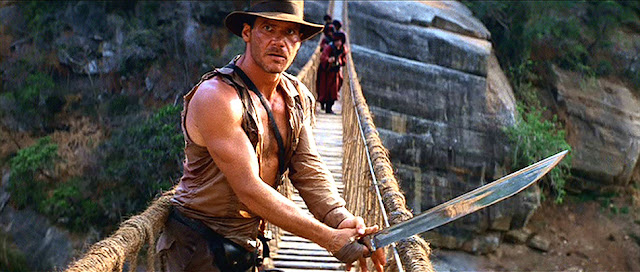Our group's first adventure in Costa Rica was exciting whitewater rafting on Rio Pacuare's lower section. The river flows almost 70 miles from the Talamanca Mountains to the Caribbean Sea and the Lowers area of class III and IV whitewater is what the Pacuare is famous for. Flowing approximately 23 miles from Finca La Cruz to the town of Siquirres, this section includes the challenging rapids and stunning waterfalls flowing into the Huacas River Gorge. The rapids include Upper and Lower Huacas (class IV), Double Drop (class III), Cimarones (class IV) and multiple other excellent rafting sections through riotous jungles and stunning waterfalls.
Pre-trip ritual of packing our gear onto the roof of the bus where it was carefully covered with waterproof tarps.
While en route to our launch point we were treated to many interesting sights. I was captivated by the story of the Santiago Apóstol (St. James Apostle) Parish ruins that our bus passed in Cartago.
We spotted many roadside vendors who offered locally grown produce at impromptu roadside stands.
Our chief guide Carlos gave us a fun lecture about obeying his rafting commands and he illustrated potential mistakes quite well with the model raft, humorous sound effects and animated hand motions.
The Rio Pacuare is surrounded with dense forest and occasionally is spanned by small suspension bridges.
These narrow, swaying suspension bridges are used by tourists and locals as a safe way to cross the river.
Crossing the bridges makes you feel like a famous action hero!
All of our luggage and supplies were handled by this type of raft, piloted by just one guide on each.
Ready for action!
Carlos, a great river guide! His wonderful sense of humor and amazing knowledge of the river made for a great time. I have to say that all of the guides were really great people.
For rafting photos I was relying on a simple Canon camera in a waterproof case. I was only able to take quick pictures during the calmer moments when my hands were free.
It was fascinating to see the skill of the cargo guides when piloting the river.
Our rescue crew consisted of a brave guide running the rapids in his kayak. He definitely had fun performing his job and luckily no one fell out of a raft on either day.
The Rio Pacuare is known for not only the natural beauty but also wildlife sightings and our guides did their best to share sightings.
In some areas we stopped to view amazing waterfalls and swim in the pools of cool water.
At another location we were served a complete lunch with the guides using a raft as a large buffet table.
If you paid attention you might spot the mighty leaf cutter ants displaying their skills. This one reminded me of a small sailboat cresting waves of sand.
Taking a short break before reaching el Cañón de las Dos Montañas
How is this for a great waterfall picture?
One of the few "I was there" selfies with a good reflection in the sunglasses. Water drops on the camera case's lens cover were something I forgot to watch for. I also forgot to smile!
Are we having fun yet?
Yes we are!!
Towards the end of the trip we passed under this narrow gauge railroad bridge, part of an old Northern Railway line that originally ran from San Jose to Limon. One of my rafting mates had mentioned how his Costa Rican grandfather died during the construction of the bridge during the early 1900's. The structure has an arch of 15 meters in height, 25 meters in length and served as a vital river crossing for freight and tourist trains.
I was asked by a river guide what sort of blade I carried on the trip and it was this ESEE Izula neck knife that I wrapped in orange paracord. It is 1095 carbon steel, 6.25" long and weighed 2.4 ounces as seen here.
A short YouTube video of the rafting fun!
I hope that you've enjoyed the Rio Pacuare trip as much as I did. Stay tuned for > Part 2 < of the trip report when we journey to the Arenal Volcano region for ziplining and amazing hikes!
That's 2!


































